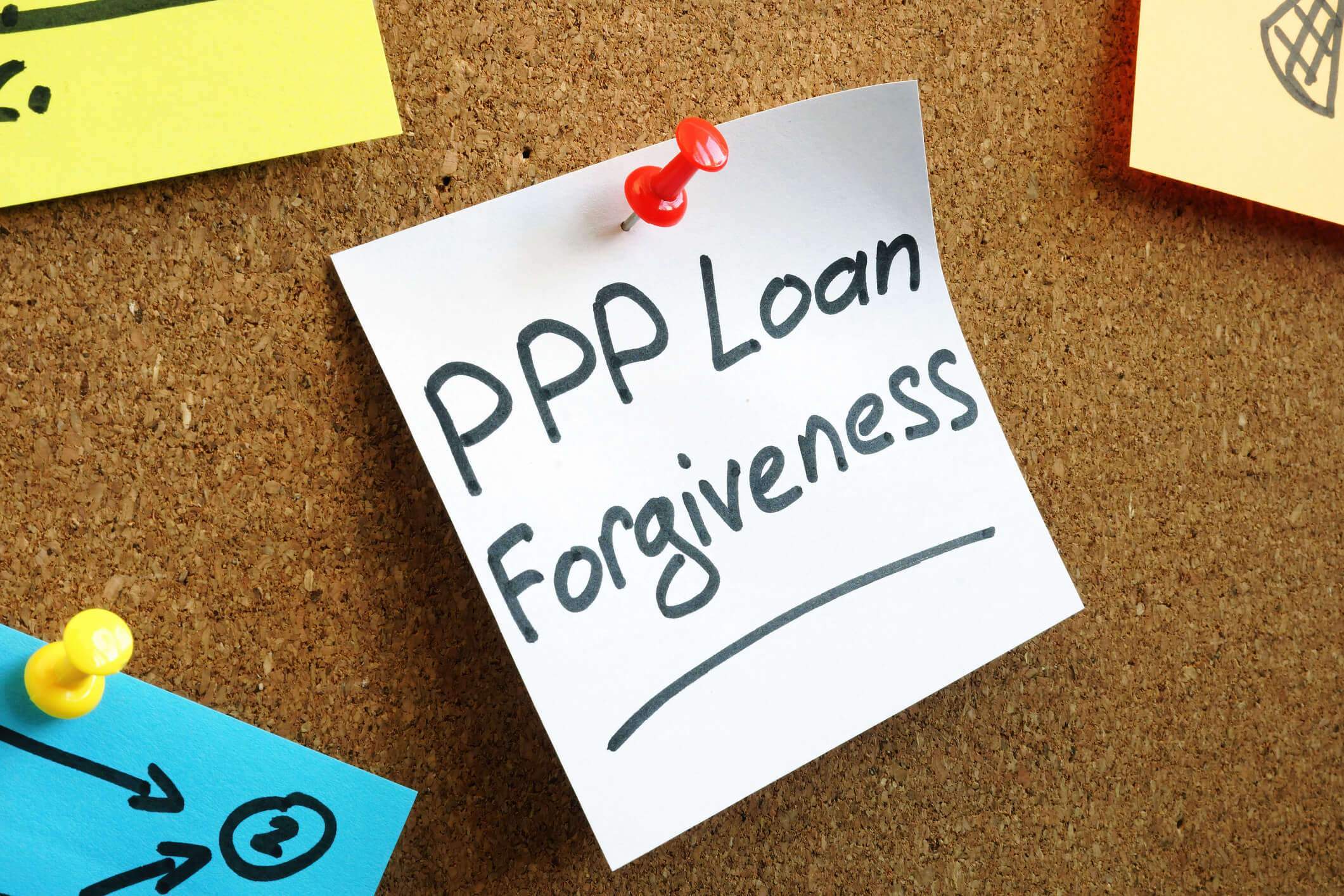The Paycheck Protection Program (PPP), administered by the Small Business Administration (SBA), earmarks funds for potentially forgivable loans to support small businesses. The funds, or loans, bear interest at 1% and are provided to eligible small businesses through SBA-approved lenders, which allows them to grow or overcome the problems they might face.
Now a small business that received a PPP loan should make sure that they record every detail regarding the loan to determine whether it has enough qualifying expenses to ensure that it forgives its PPP loan. They also need to register their basis for certifying the need for the loan. This article will discuss how a small business owner can record PPP Loan Income and Expenses.

Eligibility for PPP loans
The eligibility criteria for a business to apply for PPP loans is:
- A Small Business that meets the Small Business Administration (SBA) standard
- Sole proprietors, self-employed persons, or independent contractors.
- Any business with less than five hundred employees
- Any non-profit organization with less than five hundred employees
- A small business owner also needs to prove that a loan is necessary to continue its operations and move forward.
Set up a separate bank account
Keeping a separate bank account for your business is always an innovative idea. Hence, it would be best if you did the same for PPP loans. It helps to keep your funds organized and allows you to track your cash flow. It will also allow for a clean audit trail without having any impact on regular transactions. Keeping a separate account for PPP loans will also help simplify the loan forgiveness process by clearly showing how you used PPP funds for only eligible expenses.

Use accounting software
You can also use accounting software such as QuickBooks to manage finances more efficiently and track and organize your PPP loans. You can create a new expense account to track these transactions and record eligible PPP loan expenses.
Separate PPP loans from business revenue
Mixing the PPP loans and business revenue will make it extremely difficult to track transactions and expenses, hence making loan forgiveness difficult. You can solve this problem by setting up a separate bank account for PPP loans and using the already existing one for business revenue.
Record eligible expenses
You should record all the expenses paid for using the PPP funds, and you should make the payment from the new account created specifically for the PPP funds. It will give you a clear picture of where you spent the funds and whether the expenses were eligible to ensure a clean audit trail when applying for forgiveness. If the funds use non-allowable PPP expenses, you will not have a pristine audit trail.
To ensure that you get PPP loan forgiveness, you must use the loan only to cover eligible expenses. Which are:
Payroll costs (60% of the loan amount)
- Employee salaries, wages, tips, etc.

- Employee benefits (medical, retirement benefits, insurance, vacation, sick days, etc.)
- State and Local Taxes
Non-payroll costs (40% of the loan amount)
- Utilities
- Rent payments
- Mortgage obligations and interest on the mortgage
- Property damage
- looting
- Protective equipment
- Supplier cost
- Any expenditure necessary for operations
It is necessary under all circumstances to record when you use the PPP loan to cover eligible expenses. You also need to register if you cover non-eligible expenses using the PPP loans. However, you will need to reimburse that amount.
If your business has more PPP loan money than you need, you can either return the leftover money or use the excess money as a low-interest loan. In those cases, it is essential to document every transaction and record it in your books.
Forgiveness of the PPP loan
The Small Business Administration (SBA) may decide to forgive your loan partially or fully if you retain employees and maintain salary levels. In either case, you then need to document and record the overlooked portion of money in your books in two ways:
- Partially forgiven loan
- Fully forgiven loan
 About Complete Controller® – America’s Bookkeeping Experts Complete Controller is the Nation’s Leader in virtual bookkeeping, providing service to businesses and households alike. Utilizing Complete Controller’s technology, clients gain access to a cloud platform where their QuickBooks™️ file, critical financial documents, and back-office tools are hosted in an efficient SSO environment. Complete Controller’s team of certified US-based accounting professionals provide bookkeeping, record storage, performance reporting, and controller services including training, cash-flow management, budgeting and forecasting, process and controls advisement, and bill-pay. With flat-rate service plans, Complete Controller is the most cost-effective expert accounting solution for business, family-office, trusts, and households of any size or complexity.
About Complete Controller® – America’s Bookkeeping Experts Complete Controller is the Nation’s Leader in virtual bookkeeping, providing service to businesses and households alike. Utilizing Complete Controller’s technology, clients gain access to a cloud platform where their QuickBooks™️ file, critical financial documents, and back-office tools are hosted in an efficient SSO environment. Complete Controller’s team of certified US-based accounting professionals provide bookkeeping, record storage, performance reporting, and controller services including training, cash-flow management, budgeting and forecasting, process and controls advisement, and bill-pay. With flat-rate service plans, Complete Controller is the most cost-effective expert accounting solution for business, family-office, trusts, and households of any size or complexity.




